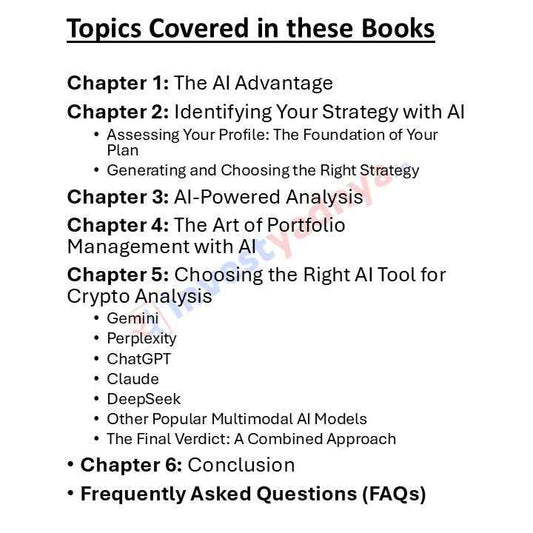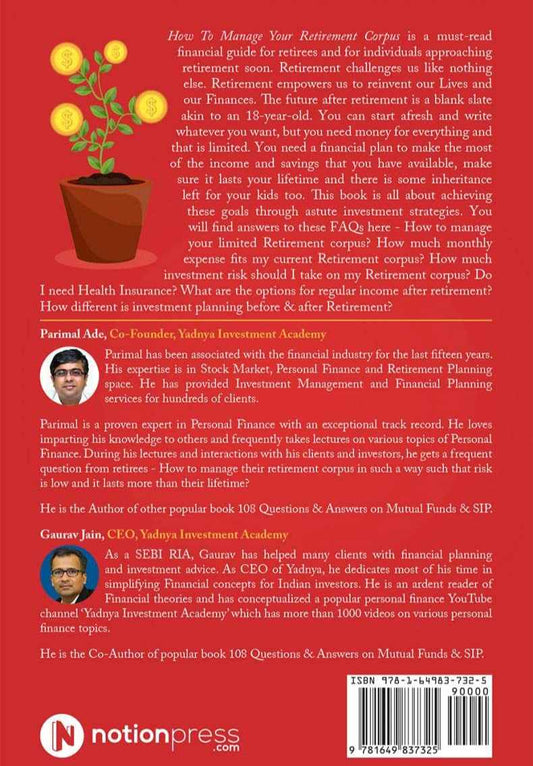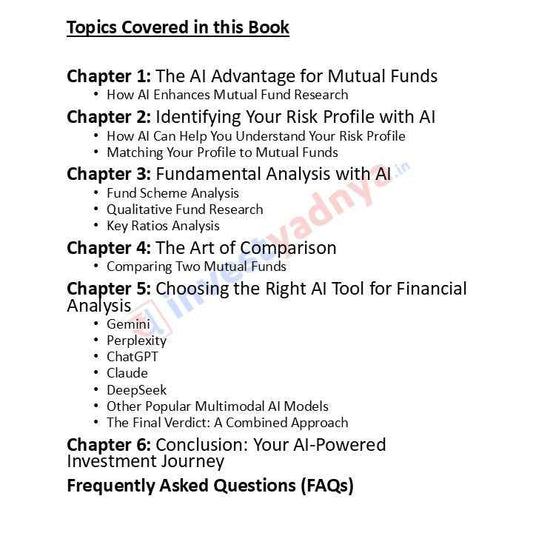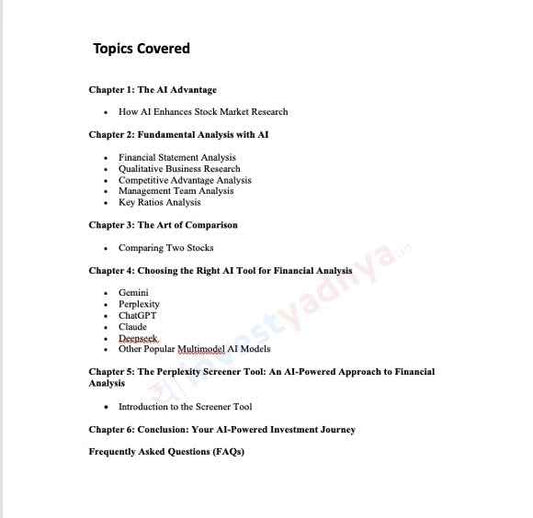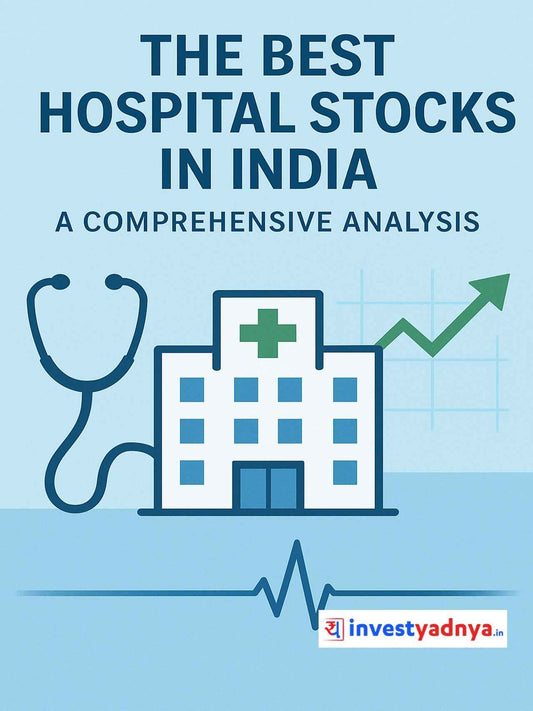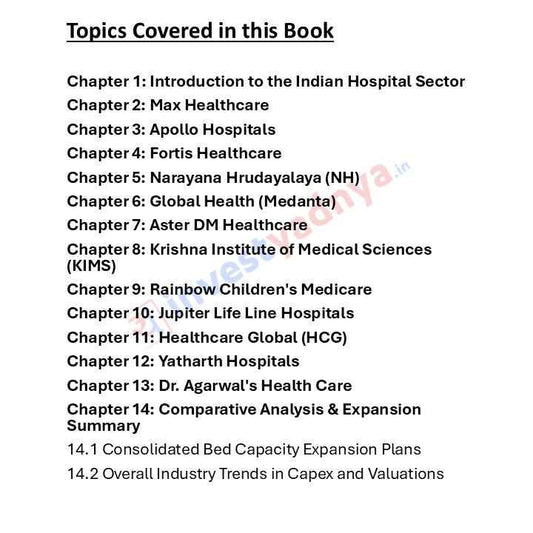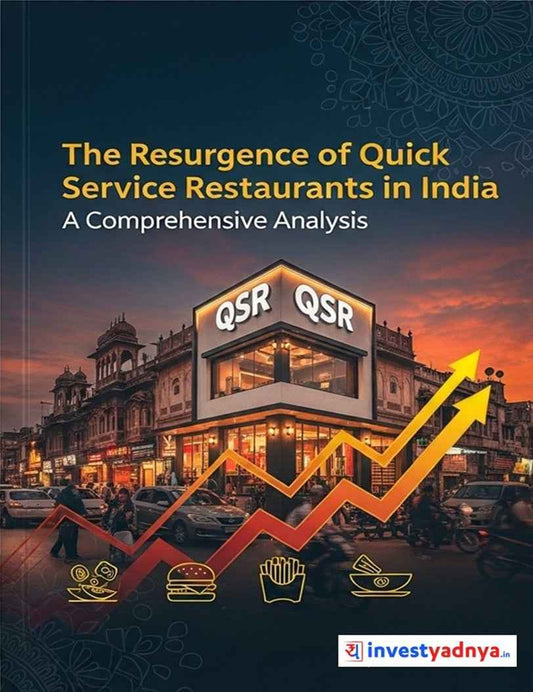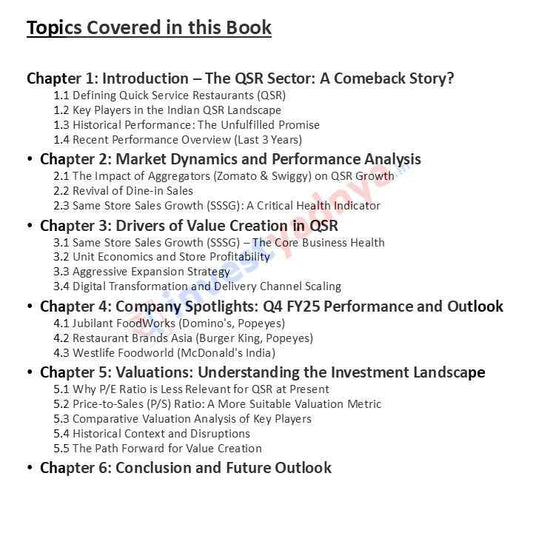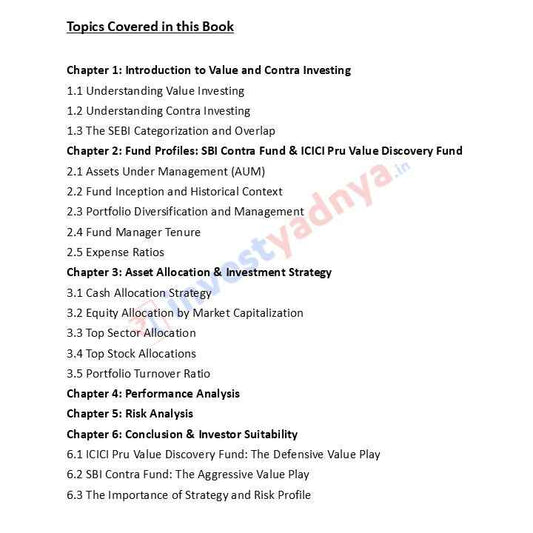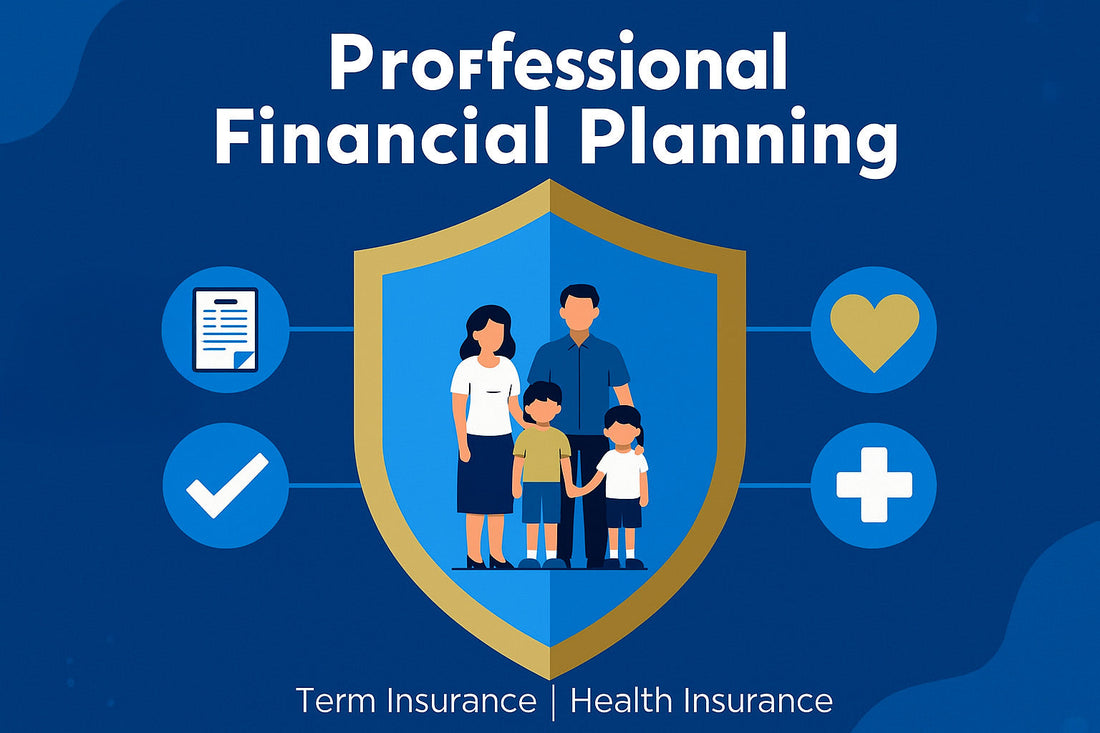
Why Insurance (Term Plan + Health Insurance) Isn't a Cost — It's a Strategy
The Strategic Foundation of Insurance
Insurance represents risk transfer, not just another bill to pay. When you purchase a term plan or health insurance, you're essentially transferring catastrophic financial risks to an institution equipped to handle them. This fundamental shift in perspective transforms insurance from an expense into a cornerstone of wealth protection.
The global risk management market is projected to grow from $12.09 billion in 2024 to $21.62 billion by 2029, reflecting an 11.9% compound annual growth rate. This explosive growth underscores how seriously individuals and organizations are taking risk mitigation in an increasingly uncertain world.
 Average Annual Insurance Premiums in India (2025)
Average Annual Insurance Premiums in India (2025)
Understanding the Two Pillars
Term Insurance: Your Family's Financial Shield
Term insurance provides pure life coverage at affordable premiums, typically ranging from ₹8,000 to ₹15,000 annually in India. It ensures that if you pass away during the policy term, your family receives a lump sum (the sum assured) to maintain their lifestyle and meet financial obligations.
The purpose is singular but crucial: financial protection for your dependents. Without term insurance, your family could face mounting debts, be forced to liquidate assets, or drastically reduce their standard of living. Death doesn't write off debt — your survivors must repay everything, making term insurance essential for anyone with financial dependents or outstanding loans.
Health Insurance: Your Present Protection
Health insurance covers medical expenses including hospitalization, treatments, surgeries, and diagnostic tests. In 2025, individual health insurance premiums in India range from ₹5,000 to ₹20,000 annually, while family floater plans cost ₹10,000 to ₹50,000 per year.
Unlike term insurance which protects the future, health insurance protects your present financial well-being. With medical costs rising dramatically, a single hospitalization can wipe out years of savings without adequate coverage.
 Term Insurance vs Health Insurance: Key Differences
Term Insurance vs Health Insurance: Key Differences
Five Strategic Reasons Insurance Is Non-Negotiable
1. Insurance Is Risk Transfer, Not a Bill
When you pay insurance premiums, you're not losing money — you're transferring catastrophic financial risk to an insurer. Consider this: a critical illness can cost ₹10-20 lakhs or more in treatment expenses, plus income loss during recovery. Your annual health insurance premium of ₹12,000-15,000 transfers this entire risk burden away from your savings and investments.
Financial planning without insurance is like building a house without a foundation. One medical emergency or untimely death can derail decades of wealth accumulation, delay home ownership, and destroy carefully planned financial goals.
2. Cancelling Insurance to Save Money Is Financial Suicide
Some people cancel their insurance policies during financial crunches, viewing premiums as discretionary expenses. This is catastrophically short-sighted — equivalent to skipping a helmet to save your hairstyle, as the analogy goes.
Ignoring insurance gaps to save money isn't smart financial planning; it's a hidden risk that could destroy your financial progress. The savings from cancelled premiums pale in comparison to the potential losses from an uninsured medical emergency or the financial devastation your family would face if you died without term coverage.
India's life insurance industry maintains a robust claim settlement ratio of 96.82%, with leading private insurers like HDFC Life (99.97%) and Axis Max Life (99.79%) settling claims within 30 days. This means insurance actually works when you need it most — it's not a gamble, but a proven safety net.

3. Review Your Policies Annually — Risks Change
Your insurance needs aren't static. Life events like marriage, childbirth, home purchase, or career advancement fundamentally alter your risk profile. An annual policy review ensures your coverage evolves with your circumstances.
Key review checkpoints include:
- Has your income increased significantly? Your term coverage should reflect 10-15 times your annual income.
- Did you take a home loan or other major debt? Factor these liabilities into your coverage calculation.
- Are you planning to start a family? Increase both term and health coverage accordingly.
- Has your employer-provided insurance changed? Fill any gaps with individual policies.
Calculate your term insurance needs using methods like Human Life Value (considering age, income, retirement age, and liabilities) or the Income Replacement Value (annual income multiplied by years until retirement). For health insurance, assess potential medical costs including critical illness treatment, which can exceed ₹20 lakhs.
4. Compare, Consolidate, and Question Everything
Smart insurance buyers don't accept the first quote they receive. The insurance market is competitive, with over 24 life insurers and numerous health insurance providers in India. This competition works in your favor when you compare offerings.
Strategic buying practices:
- Compare claim settlement ratios — aim for insurers with 98%+ settlement rates.
- Evaluate premium structures across multiple insurers for similar coverage.
- Question add-ons and riders — only purchase those addressing genuine risks.
- Consolidate policies where possible to reduce administrative complexity.
- Negotiate premiums based on your health status, lifestyle, and risk profile.
Consider tax benefits when comparing: term insurance premiums qualify for deductions under Section 80C (up to ₹1.5 lakhs), while health insurance premiums are deductible under Section 80D. The death benefit from term insurance is tax-free under Section 10(10D).
5. Good Habits Reduce Premiums and Risks
Your lifestyle choices directly impact insurance costs and claim likelihood. Insurers reward lower-risk behaviors with reduced premiums.
Premium-reducing habits include:
- Regular health check-ups and maintaining good health metrics
- Non-smoking and limited alcohol consumption
- Safe driving records and vehicle maintenance (for auto insurance)
- Home security systems and fire safety measures
- Occupation in lower-risk categories
These habits create a virtuous cycle: better health and safety practices reduce both your insurance costs and your actual risk exposure, creating double savings.
Insurance Equals Financial Freedom
The ultimate strategic value of insurance isn't protection from fear — it's the freedom to pursue financial opportunities knowing your downside is covered.
With adequate term and health insurance, you can:
- Invest more aggressively in growth assets, knowing medical emergencies won't force liquidation
- Start a business without worrying that your death would leave your family destitute
- Take calculated career risks like switching industries or pursuing entrepreneurship
- Sleep peacefully knowing one hospital visit won't derail your child's education fund
Insurance acts as your financial plan's safety net, protecting you and your family from unforeseen events that could otherwise devastate carefully built wealth. It's the foundation that allows all other financial strategies — investing, saving, retirement planning — to function effectively.
Taking Action: Your Insurance Strategy Checklist
Transform your insurance approach from reactive to strategic with these steps:
- Calculate adequate coverage using Human Life Value or Income Replacement methods for term insurance (typically 10-15x annual income)
- Assess health insurance needs including critical illness coverage, factoring in family medical history and potential treatment costs
- Compare insurers focusing on claim settlement ratios above 98% and competitive premiums
- Review policies annually adjusting coverage for life changes, income growth, and new liabilities
- Leverage tax benefits maximizing deductions under Sections 80C and 80D
- Maintain healthy habits to reduce both premiums and actual risk exposure
Insurance isn't about pessimism or fear. It's about having the financial armor to pursue your dreams while protecting what you've already built. In 2025, with affordable premiums starting from just ₹8,000-15,000 annually for term plans and ₹5,000-20,000 for health coverage, there's no excuse to remain unprotected.
The question isn't whether you can afford insurance — it's whether you can afford to be without it. Because true financial planning isn't just about building wealth; it's about protecting it with the same strategic thinking you use to create it.







